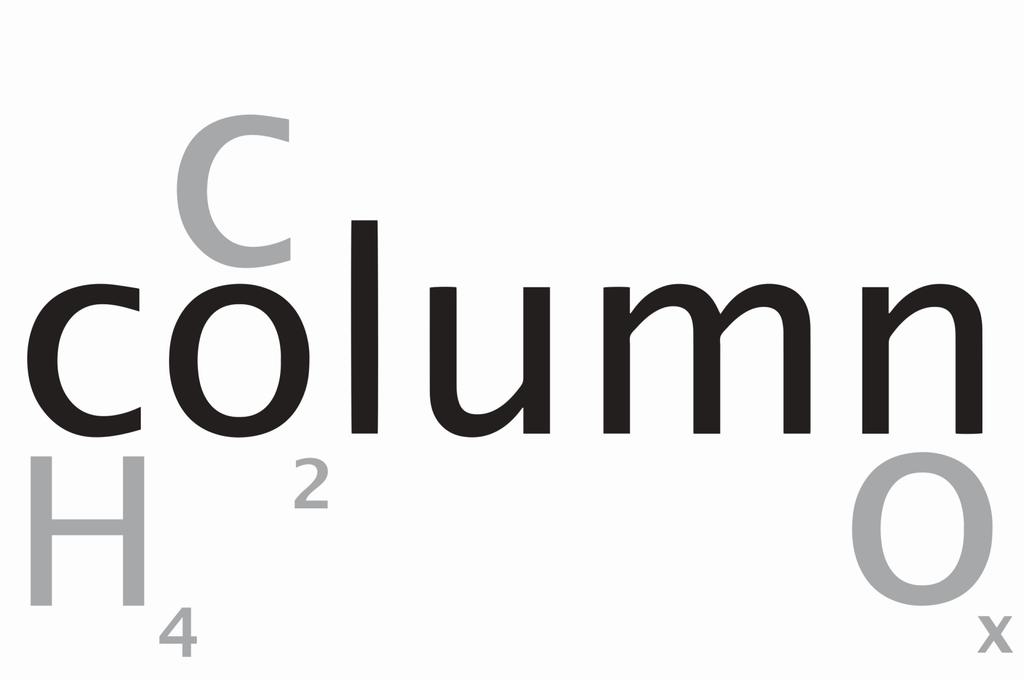Do you remember? All those farmers protesting on the road and on the Malieveld in The Hague because of the nitrogen problem. The building sector also threatened to come to a standstill just before the corona pandemic. Almost, because a change in the law in the summer meant that everything pretty much stayed the same. A missed opportunity.
Agriculture is the biggest factor in nitrogen deposition, but construction also pollutes on three fronts: during construction, because of transport and in the usage phase. However, the aforementioned change in the law meant that the construction phase would no longer be included in the emission calculations but limited to the use phase only. Well, you can continue to build and design as usual.
What if you simply maintain the requirements for low-emission building? As a builder and designer, you then must radically consider, right from the first sketches, the balance between construction methods, transport movements, work on the building site and minimising material and energy consumption. Very complex, but also a lot of fun!
This spring, my team was faced with such a task: how to build a small hospital right next to a Natura 2000 area? That turns out to be a lot less complicated when you apply lessons from circular and remountable building. Such as: building compactly with minimal use of materials, whereby the shell is also the finishing touch. Then develop a building system with prefabricated elements, supplied in flat packs, in order to minimize transport movements and labour on the building site.
Pay attention to the maximum weight of building components, so that they can be placed with light electrically powered equipment. Of course, also pay attention to energy consumption in the exploitation phase and maximize the use of building materials of biological origin. This way, you also contribute to reducing CO2 emissions.
Is this still architecture or spatially interesting? In any case, the project was won for its utility value, atmosphere, and experience of the building - directly resulting from this pure, clear building approach. This way of working is more challenging as well as being better for people and nature. (E)mission possible, I would say.
Ronald Schleurholts, architect-partner cepezed
Cobouw, November 19th, 2021
(e)mission impossible?
